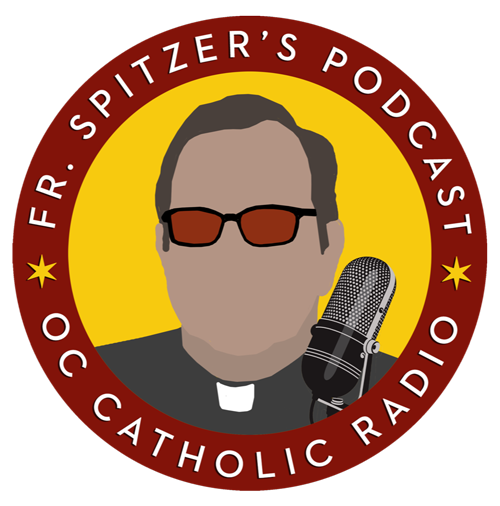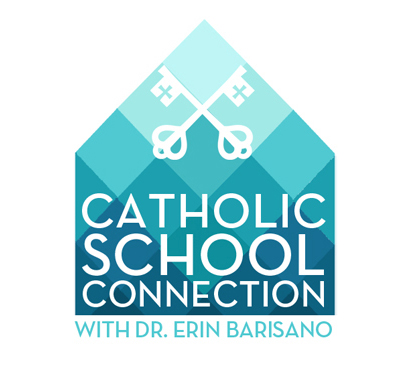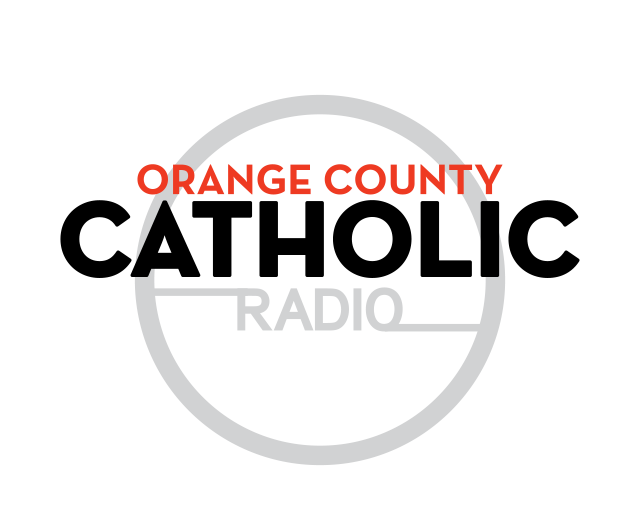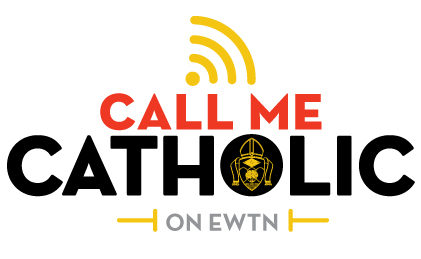TUCSON, Ariz. (CNS) — Bringing new people into the Catholic Church is the responsibility of the whole parish community, not simply that of the pastor or the parish’s Rite of Christian Initiation of Adults ministry, a top liturgy leader said in a Tucson address.
Rita Thiron, executive director of the Federation of Diocesan Liturgical Commissions, made the remarks in her keynote, “God’s Message Is Made Known in Word and Deed,” during the 58th Annual Southwest Liturgical Conference Study Week in mid-January.
She also said RCIA is a process, not a program, with the duration and to some degree content being directed by the person entering the church.
Thiron traced the process from the pre-catechumenate, where it all starts, through “mystagogia,” a recommended yearlong period following initiation when new members strive to deepen their understanding of the mysteries of the faith. “Mystagogia” can be translated as “grasping the mystery.”
She started her address by reminding the liturgists and catechists that RCIA was restored as part of the work of the Second Vatican Council. The council fathers wanted to go back to the church’s roots in the early Christian community, which practiced “accompaniment despite persecution.”
“The point is that the church didn’t make this stuff up in the 20th century,” Thiron said Jan. 16.
She bristled at the way many parishes classify RCIA as “classes” and “programs” when it is really much more than that.
“It’s not a ‘plan,’ it’s a rite,” she said, “and it’s a process, not a program.”
“Does our vocabulary reflect this? Do our bulletin articles state this?” she asked.
Because it is a process, it has “a structure, not a calendar,” Thiron said. “The process of conversion will be gradual, marked by the liturgical periods.”
It’s important to remember that, while parishes must schedule and organize sessions, the progress really is measured by the individual. “Do we celebrate all the rites or just the ones that fit into the parish schedule?” Thiron asked. The proper question to ask, she added, is this: “Is everything we do imbued in the Paschal mystery?”
She also cited Vatican II’s Constitution on the Sacred Liturgy (“Sacrosanctum Concilium”), calling it “the document I sleep with under my pillow — and you should too.” She also used St. Paul VI’s 1975 apostolic exhortation “Evangelii Nuntiandi” and Pope Francis’ 2013 apostolic exhortation, “Evangelium Gaudium,” to reinforce the concept that “God is involved in word and deed in our everyday lives.”
Thiron told the story involving the late Jesuit Father Robert Taft, the preeminent expert in the Latin Church on the Eastern Catholic Church. Father Taft was attending group prayer where Thiron was studying, but the young presider leading the prayer did a poor job. When senior leaders apologized for the bungled prayer, Father Taft was dismissive, Thiron said. “He said, ‘I never go to church to encounter the presider. I go to encounter the living God.'”
The person desiring to enter the church likewise needs the community to show its support — as God’s chosen people — throughout the process. “Everyone in the parish supports and evangelizes,” Thiron said, which means the contact should be personal in intimate settings. “Members must be willing to welcome them in their own homes, not in the church library,” she said.
The first stage, the pre-catechumenate, begins with an inquisitive seeker. “Who sets the curriculum? They do. We assume nothing. We assume inquiry,” she said.
Parish members invite them into their homes and their prayer groups, Thiron said. She urged those attending 58th Annual Southwest Liturgical Conference to consider how their own faith was formed.
“Who evangelized you? Who passed on the faith to you? Where? At home? At school? In the liturgy?”
There should not be a specific date for an inquirer to pass out of the pre-catechumenate, Thiron said. “It takes as long as it needs to take.”
When there are children involved, they should be accompanied with a sponsor family that includes children of similar ages, she said. “Be creative with the period of the pre-catechumenate.”
“When the person is ready, the community should be ready to formally welcome them,” Thiron added. “The whole community welcomes them and the whole community prays for them.”
In the catechumenate stage that the inquirer is considered part of the people of God, she said. It is there that catechumens learn about the Word, community worship and witness.
In passing on lessons of community worship, it is important that “we are walking with them, (teaching) them the way the Church prays, not just the way the community likes to pray.”
At the Rite of Election, the catechumens profess to the bishop their desire to enter full communion. “The bishop doesn’t know these folks,” Thiron noted, which is why during the rite he asks the gathered community for their assessment and approval.
At the Easter vigil, the readings outline the expanse of salvation history, with the community again supporting and welcoming their newest members, she said.
Thiron cautioned her listeners to refrain from abandoning their new members, now in the stage of mystagogia, which literally means “to lead through the mysteries.” The Masses of the Easter season lay out all the important lessons of the faith but are prone to being overlooked.
“Are we too tired from the Triduum to do this right?” she asked. “Where are the mystagogia in your parish?”
Thiron noted that bishops, priests and deacons all have roles in the process as well.
“We all have our marching orders,” she said.
The community continues the evangelization process in how it lives out its mission, Thiron said. She cited the case of a Detroit autoworker who began to inquire when other autoworkers came to the factory wearing jackets with their parish name on it. In another story, a young pregnant woman sought help at a parish, as she wasn’t certain she had the resources to carry her baby to term.
“The pro-life group adopted her,” Thiron said, and after the baby was born, all the group members were allowed to stand around the font when the infant was baptized.
“When people get to know us, do they get to know Jesus?” she asked. “These are the first steps of evangelization: the everyday habits of life.”
Don’t worry that your efforts may not bear immediate fruit, Thiron added. “We cannot do everything, and there’s a certain liberation in that. … We are workers, not the Master Builder.”










